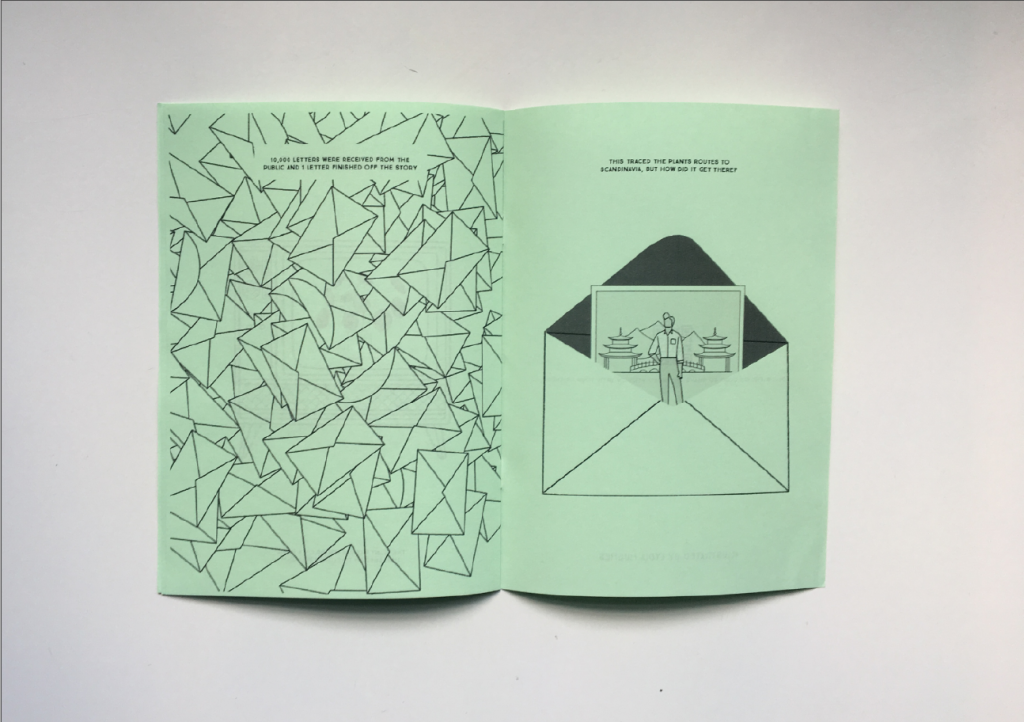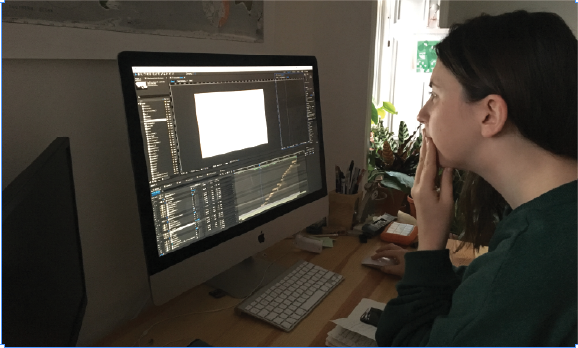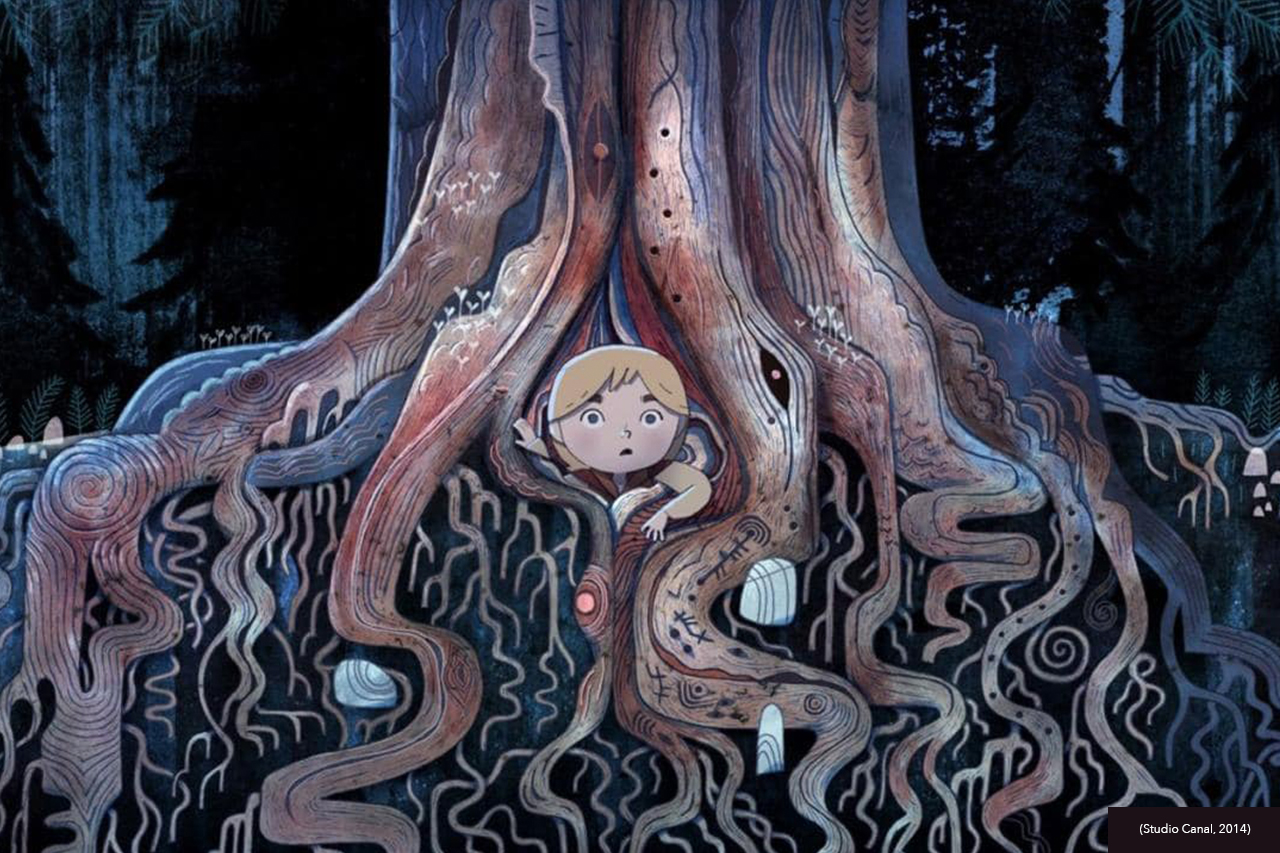
Songs of the Sea
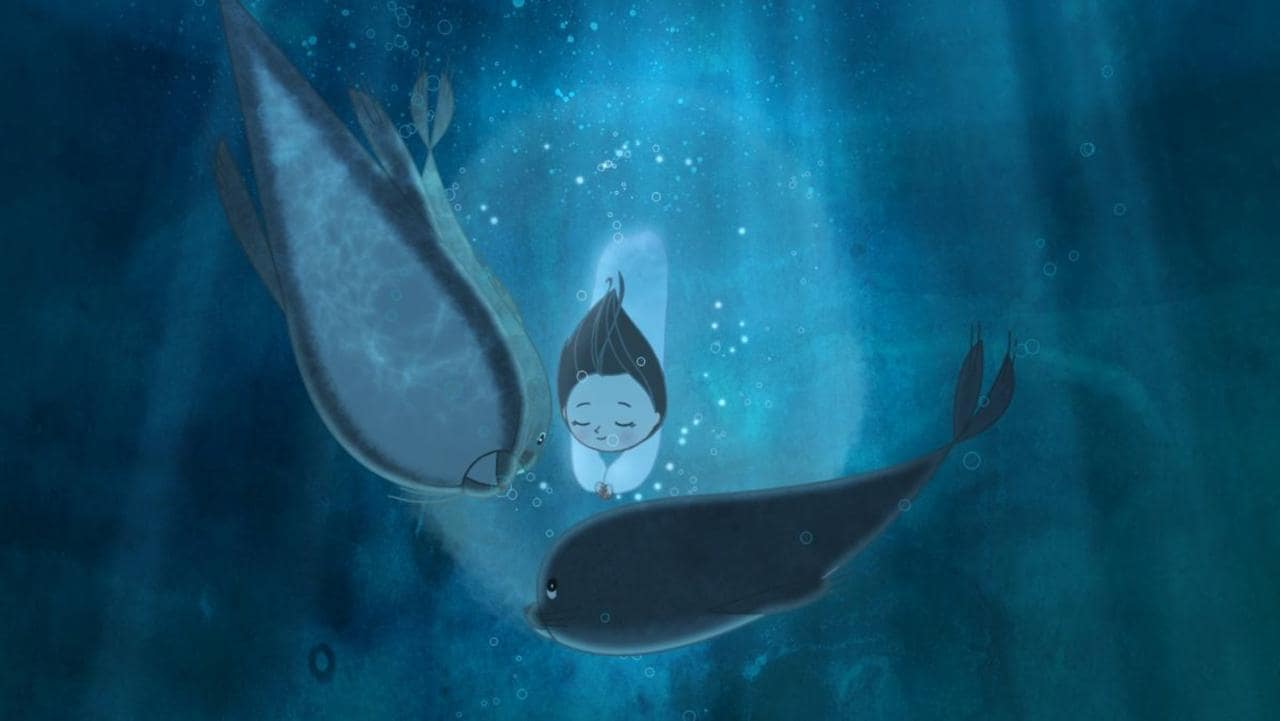
One of my primary motivations for deciding to illustrate Irish mythological stories is because I have always felt that they were underutilised in contemporary storytelling. Tom Moore, the director of the 2014 animated feature film, ‘Song of the Sea’ similarly felt that these stories were an untapped source of inspiration. (Collin, 2015)
Song of the Sea is an Oscar nominated animated feature length film which was released in 2014 by Kilkenny based production studio Cartoon Saloon. Created over a seven year period, the film recounts the story of a young selkie girl and her brother as they travel through the Irish countryside in an effort to release the fairies across the sea to freedom. On the way they encounter many familiar characters drawn from Irelands folkloric past.
The stories are bereavement allegories, and ripe for modern retelling. So it’s surprising that films about selkies – as opposed to mermaids, who pop up everywhere – aren’t more common. (Collin, 2015)
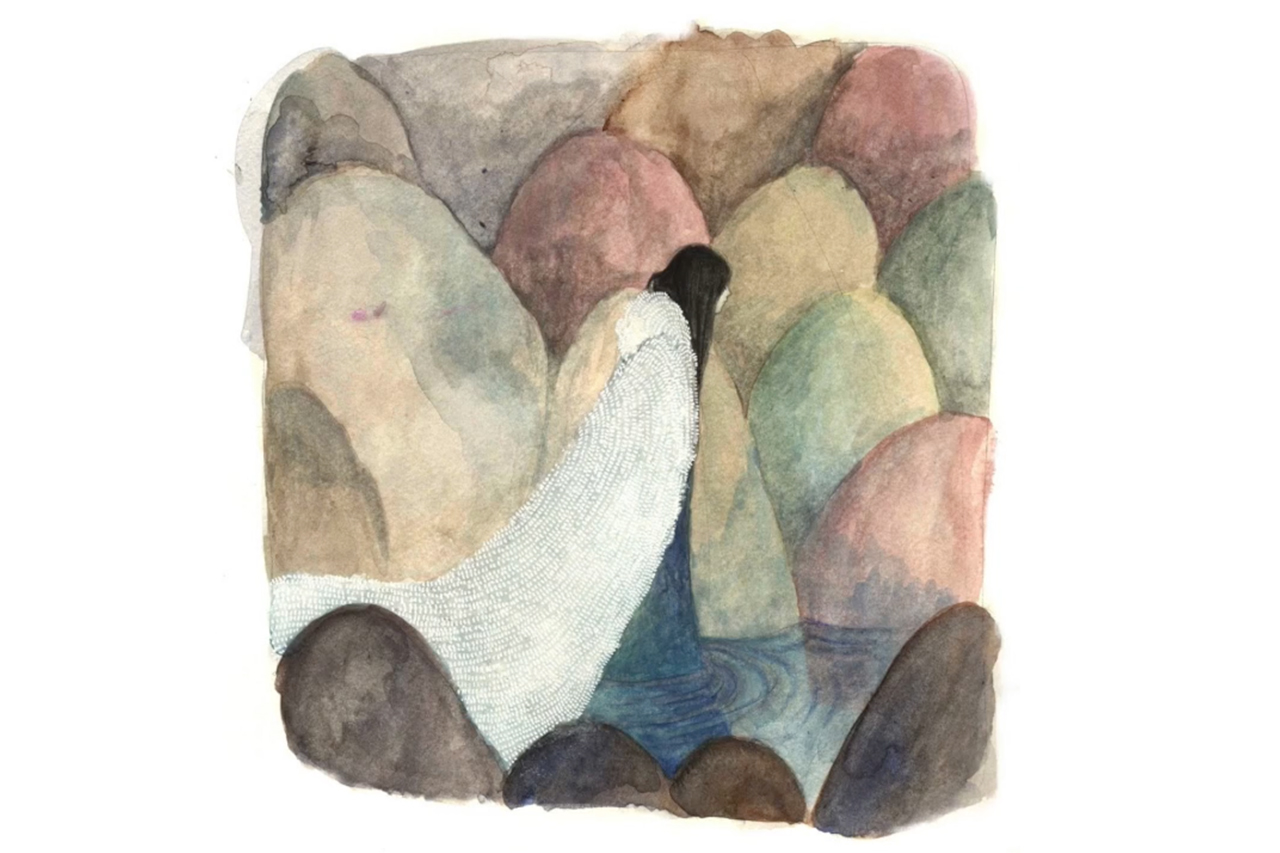


Design in film, for me, is everything from how the characters look, to the environments they’re in, to the way a drop of water splashes, to the shot choices, compositions and even the editing choices like match cuts and rhythm – so design is tied at a basic level to the storytelling. It gives an added layer of information to the audience and informs how we feel from scene to scene, much like music can influence the audience’s mood and feelings. (Moore, 2015)
The film is characterised by a washy, watercolour based look which is intended to reflect the mythological origins of the story. (Sagar, 2015) Looking through the initial concept art I am reminded that I should concentrate on experimenting and finding a visual style that reflects the narrative of my own film before I start getting too pre-occupied about animation specific techniques.
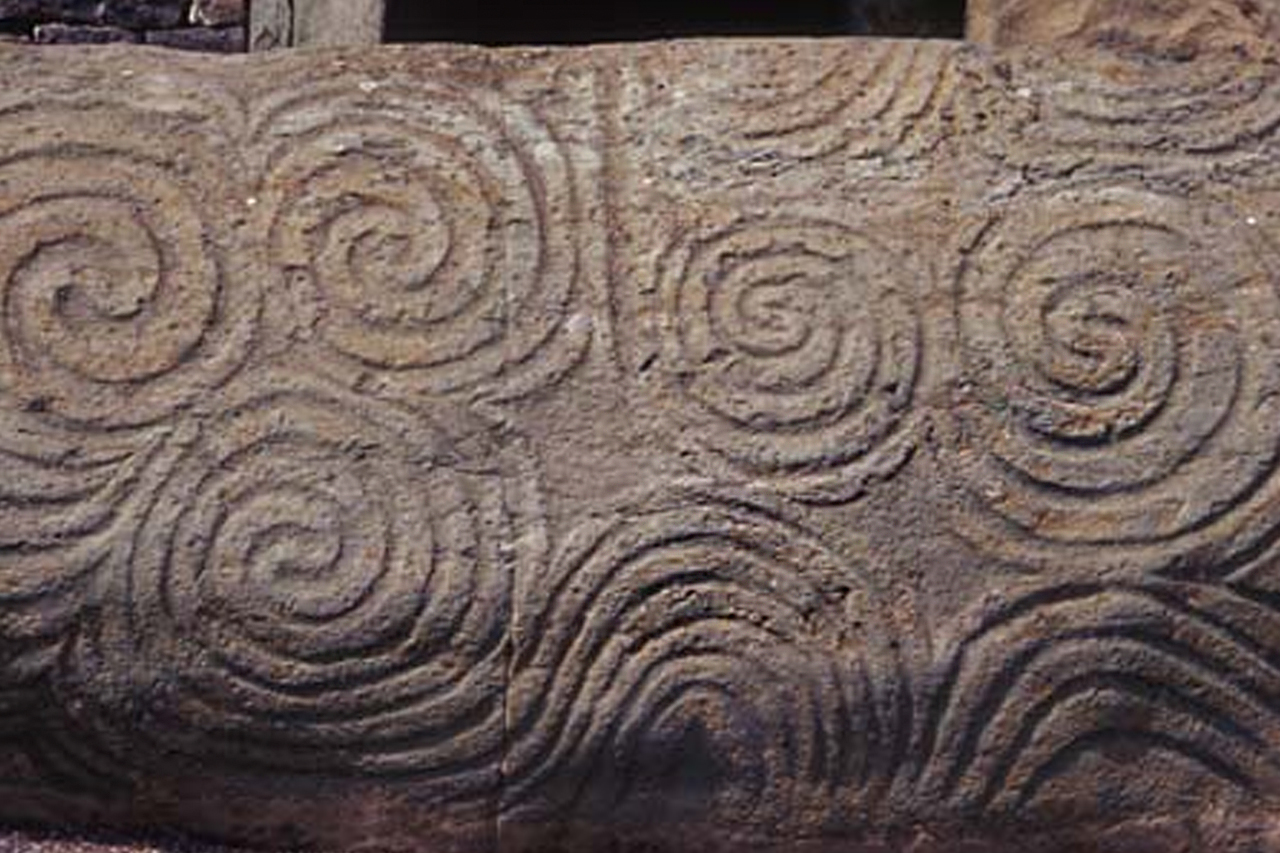
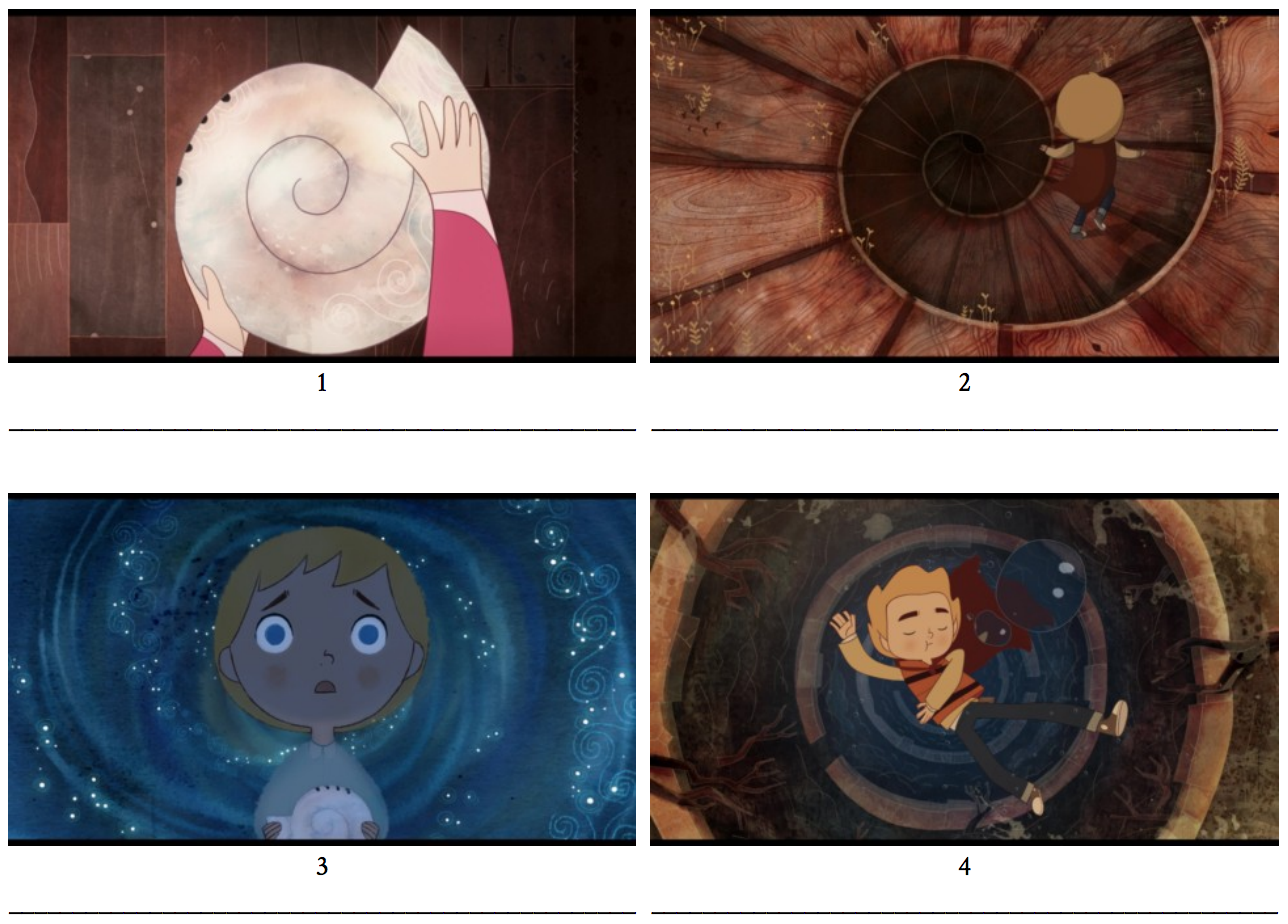
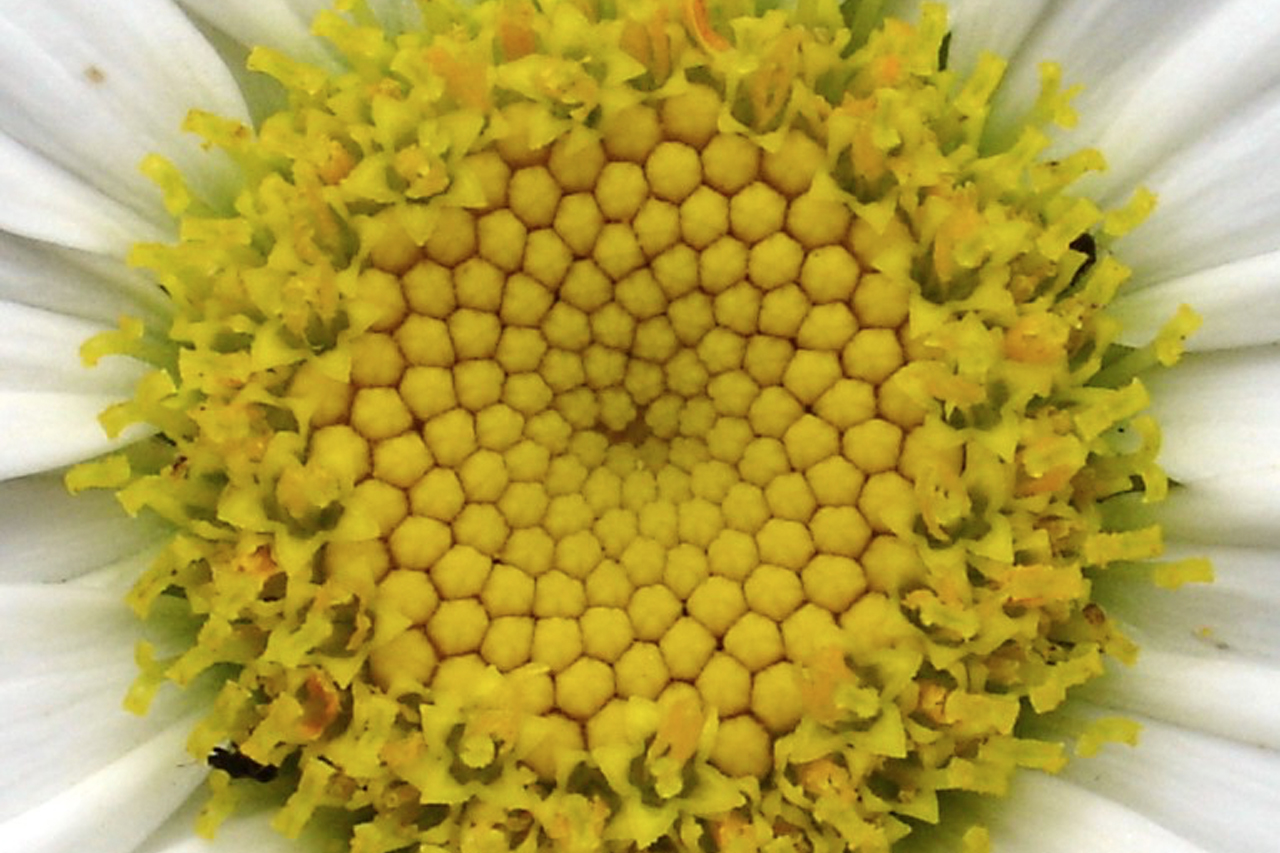
One of the visual tools which I think works particularly well is the intentional echoing of the celtic triskelion symbol throughout the film. The symbol not only references the core theme of celtic culture and folklore but also symbolises the interconnected paths of the films protagonists. (Stiletto, 2016)
As part of my own research I intend to look at patterns in nature as a way of visually tying together my narratives. So far I have been looking at the fermat spirals found in the yellow centre of a daisy. It would be very exciting to find a visual pattern that was present in both nature and in native folkloric art, linking together my two main themes. This is something I will definitely explore further through my research.
Intricacies like these are what makes animation like Song of the Sea so immersive. As Moore explains, every tiny, custom-made detail adds to the viewing experience and leads to repeat viewings.
(Sagar, 2015)



The designers on this production were taken on several location based sketching trips. (Moore, 2015) This is something I will try and do as much as possible as part of my own research process as I can see the value in acknowledging the atmosphere of a place as much as any other physical characteristics.
I have been a fan of this film for a long time but through my research I feel like I now understand its intent better and have gained further appreciation for the level of detail and consideration applied in its production. It is encouraging to see the tradition of oral storytelling being refreshed through the mediums of illustration and animation. I hope that the international success of this film affirms that there is a broad audience out there who might be interested in the theme of my film.
Reference list:
Collin, R. (2015) Song of the Sea: the deepest animation you’ll see all year? The Telegraph [Online] 13th July. Available from – http://www.telegraph.co.uk/film/song-of-the-sea/tomm-moore-making-of-interview/ [Accessed: 14th March 2017]
Moore, T. & Young, P. (2015) Cartoon Saloon. Offset Conference. [Online Video] 8th March. Available at: https://vimeo.com/131633625 [Accessed: 14th March 2017]
Sagar, J. (2015) Design in Motion. [Online] 3rd March 2015 Available from – http://www.iloveoffset.com/news/design-in-motion/ [Accessed 14th March 2017]
Stiletto, S. (2016) BRITFILMS #10 – Accompanying material for media education. AG Kino – Gilde deutscher Filmkunsttheater. [Online] September 2016. Available at: http://sweetsixteen-kino.de/wp-content/uploads/2016/09/StudyGuide_SongOfTheSea.pdf [Accessed: 14th March 2017]
Imagery:
Moore, T. & Young, P. (2015) Cartoon Saloon. Offset Conference. [Online Video] [Film Stills] 8th March. Available at: https://vimeo.com/131633625 [Accessed: 14th March 2017]
Nomadtales. (2005) Triple spiral visible on entrance stone at Newgrange. [Photograph] Wikipedia [Online] Available at – https://en.wikipedia.org/wiki/Triple_spiral#/media/File:Newgrange_Entrance_Stone.jpg [Accessed on 27th March 2017]
Patterson, K. (Date unknown) A close-up view of a daisy’s disk of florets reveals intriguing spiral patterns. [Photograph] Science News [Online] Available at – https://www.sciencenews.org/article/fermats-natural-spirals [Accessed on – 27th March 2017]
Song of the Sea. (2014) Animated Film. Directed by Tom Moore. [Film Stills]. Studio Canal.
Stiletto, S. (2016) Forms and patterns [Photograph] Sweet Sixteen-kino[Online] September 2016. Available at: http://sweetsixteen-kino.de/wp-content/uploads/2016/09/StudyGuide_SongOfTheSea.pdf [Accessed: 14th March 2017]
Bibliography
Burke, L. (2016) Swan Song: Lamenting Ireland’s Traditional Past in Song of the Sea (Tomm Moore 2014). Estudios Irlandeses-Journal of Irish Studies. Issue 11. p. 288.

